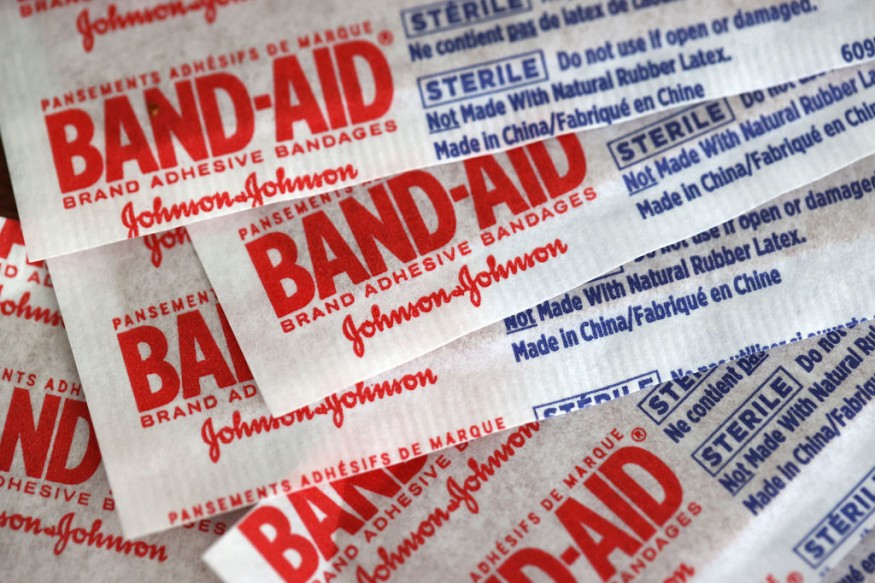Technical University of Munich (TUM) researchers have created a biopolymer film bandage that covers wounds the same way a dressing does and makes healing quicker, repels germs, and reduces inflammation.
According to a press statement from TUM, the biomolecular "bandage" exhibited promising results in recent research and is ready for additional testing and customizing.

Researchers Make Film Bandage That Helps Wounds Heal Soon
Traditional bandages may help heal minor skin abrasions. Still, soft-tissue injuries, such as those on the tongue or sensitive regions like the intestines, are more challenging to treat. What substance will cling to the tissue without hurting it or adhering to nearby points? How can external effects and microorganisms be kept from wounds? What type of material can allow cells beneath the wound to close it and make it vanish without a trace?
"When dry, the thin and flexible film can be picked up with tweezers and can easily be placed onto a wound. Upon contact with moist tissue, the bottom side of the film becomes squishy and sticky and adheres to the tissue by itself - without requiring additional fixation," Ceren Kimna, the study's first author said, TechExplorist reported.
The film is made up of two layers. The top side comprises a biodegradable polymer that keeps the thin film stable and contains mucins; the bottom side is made up of hyaluronic acid, a substance renowned for its ability to bind water and facilitate wound healing.
Mucins are substances that naturally appear on our bodies' mucous membranes, according to Oliver Lieleg, who has been studying them for over a decade.
Lieleg, a professor of Biomechanics at the Technical University of Munich (TUM), said the film has crucial qualities that help protect the wound as it heals.
"They have anti-bacterial properties, dampen inflammation and prevent unwanted cells from colonizing the wound," Lieleg added.
Antibiotics can also be added to the bottom layer if necessary. Thanks to the bandage's two-layer construction, the active substances are released in just one direction towards the wound.
The bandage indicated quicker wound healing when tested on animals. Additional research will be conducted to determine the bandage's appropriateness for usage with human patients in the future.
Further Studies Needed
Medical Xpress said various animal tissue samples had been evaluated with the novel material combination. Furthermore, the team was able to show quicker wound healing in animal experiments, which is a crucial step toward clinical use. They will conduct additional research to determine the bandage's appropriateness for usage with human patients in the future.
These bandages might be tailored to specific application scenarios and tissue types in the future. Because the films disintegrate in the presence of moisture, they might be utilized in surgery to cover inside wounds that are otherwise inaccessible, such as when a suture has been applied to close an incision.
Researchers detailed the results in the study titled "Multifunctional 'Janus-type' bilayer films combine broad-range tissue adhesion with guided drug release," published in the Advanced Functional Materials.
RELATED ARTICLE : New "Smart Bandage" Could Detect and Prevent Infections
Check out more news and information on Medicine and Health in Science Times.












